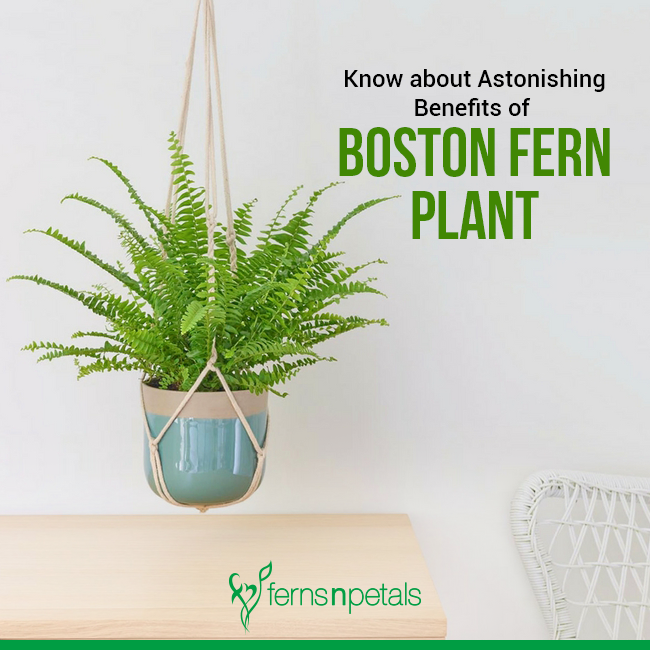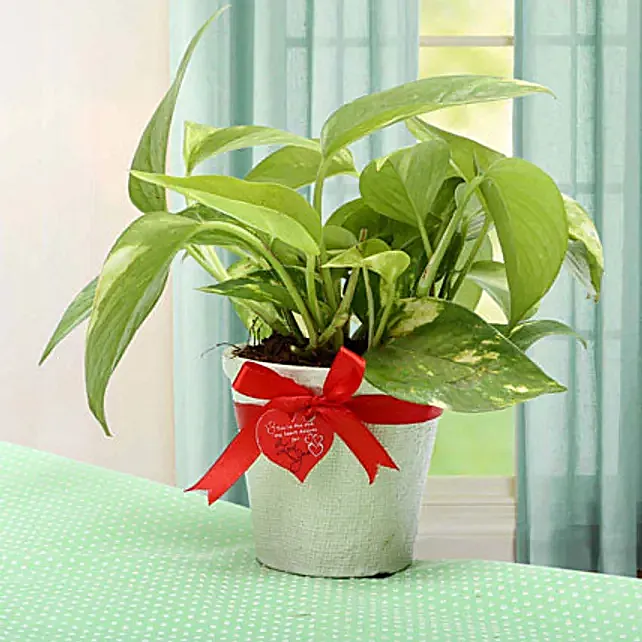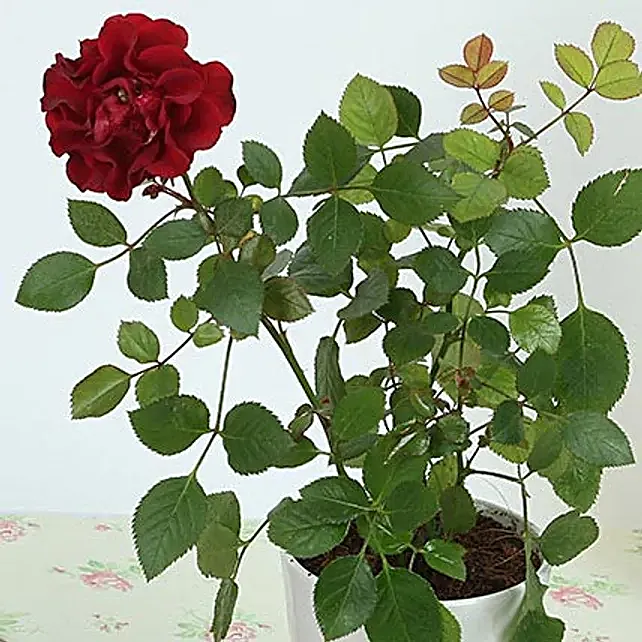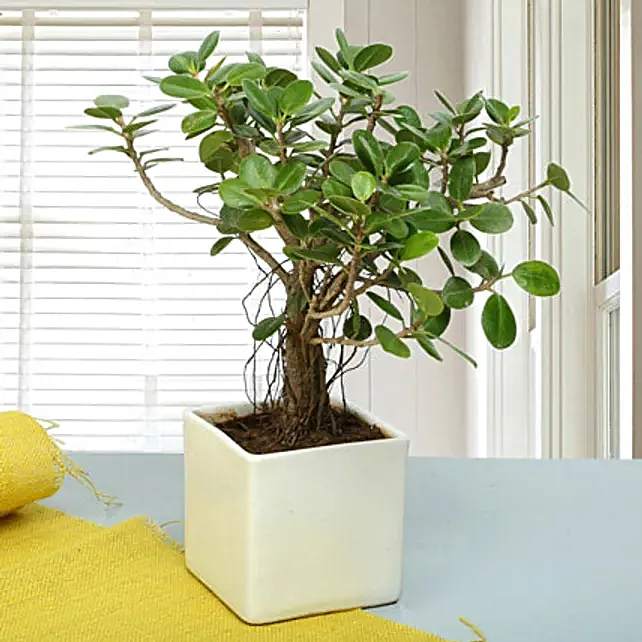Know about Astonishing Benefits of Boston Fern Plant
- Author: Apeksha Rawat Published: 5th September, 2019
Boston Fern is an incredibly popular houseplant that belongs to the species of fern in the family Lomariopsidaceae native to tropical regions throughout the world. It is an evergreen perennial herbaceous plant that can reach up to a height of 16-35 inches. The Boston Fern plant is known for its lush foliage and feathery ferns which are best displayed when hanging.

Boston Fern Details:
Scientific Name- Nephrolepis exaltata
Plant Type - Air-purifying Plant
Common Names- Sword fern, Boston sword fern, wild Boston fern, Boston Blue Bell Fern, tuber ladder fern, and fishbone fern
Boston Ferns can grow well both in indoor and outdoor conditions. Apart from enhancing the aesthetics, they are also useful in removing harmful air pollutants from the environment.
Read further to know about the Benefits of Boston Fern Plants:
They Purify the Air Quality
The Boston Ferns not only spruce up the indoor air quality but also improve the humidity levels by restoring moisture to the air naturally, which gives a soothing effect. The air-purifying properties provide relief to people suffering from dry skin, dry noses, and sore throats.
They Absorb Formaldehyde
Formaldehyde is a commonly found indoor air pollutant mainly emitted from smoking, cosmetics, resin paints, perfumes, air fresheners, and adhesives. It can irritate the nose, eyes, and throat. According to the studies conducted by NASA, Boston Ferns are capable of absorbing formaldehyde from the environment in a great way.
Help Get Rid of Xylene
Xylene is a harmful air pollutant primary released from industrial sources, automobile cleaners, aerosol paint concentrates, and household pesticides. There are severe health effects of inhaling xylene that can cause depression of the central nervous system, headache, dizziness, nausea, and vomiting. The buildings with poor ventilation have a higher level of xylene that often causes sick building syndrome. Planting Boston Ferns in homes and offices help get rid of xylene and offer fresh air to breathe.
Help Absorb Toluene
Toluene is another harmful air pollutant found naturally in paint thinners, nail paints, inks, glues, and stain removers. Exposure to the toluene can cause irritation of eyes and nose, central nervous system dysfunction, dizziness, headache, dilated pupil, anxiety, and irritation of the upper respiratory tract. Planting Boston Ferns in houses help removing toluene from the indoor air and thus give clean and fresh air to breathe.
How to Take Care of Boston Ferns?
The Boston Fern is relatively cheap and is a great starter fern for people who enjoy the plants with lush green foliage. These are known to be one of the best air-purifying houseplants that are easy to care for.
Light: For happy and healthy-looking Boston Ferns, a fairly bright spot is required, which does not receive harsh sunlight.
Watering: All the ferns are sensitive to watering routines. The soil should be moist in all seasons except for winter. If the Boston Fern is sitting in a dry area, then it is important to mist with water frequently to keep moist. Do not overwater to the point where the soil becomes completely saturated.
Temperature: The Boston Ferns thrive well between 60 and 75 F. They prefer a high level of humidity and love moist air. Do not keep them near radiators or hot air vents that dry out the air.
Soil: Boston Ferns need rich and organic soil mixture. Make sure the water drainage is good to avoid rotting of leaves.
Fertilizer: Feed the Boston Ferns with light complete fertilizer available in liquid form, water-soluble, tablets or slow-released granules. Overfeeding can damage Boston Ferns and cause damaged roots, browning and drying in the fronds and massive loss of leaves.





